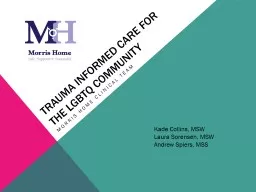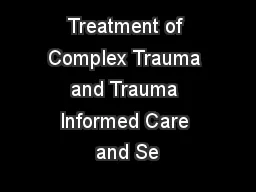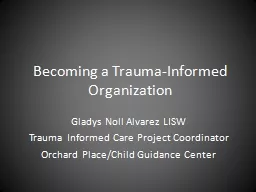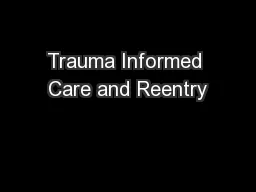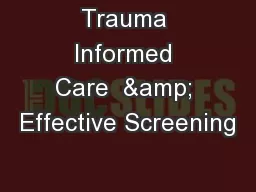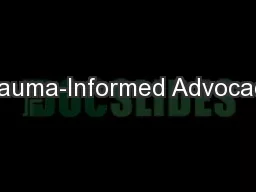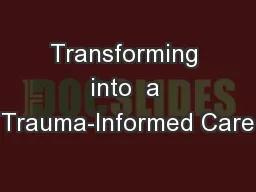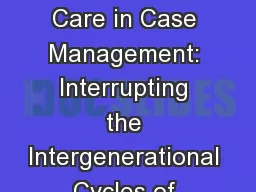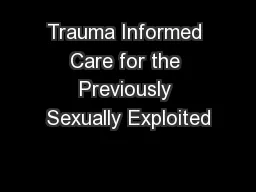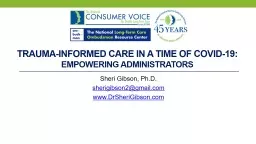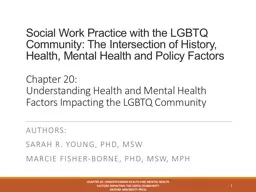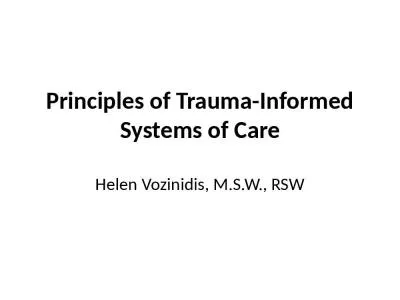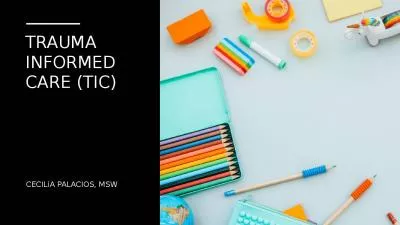PPT-Trauma Informed Care for the LGBTQ Community
Author : giovanna-bartolotta | Published Date : 2018-09-23
Morris Home Clinical Team Kade Collins MSW Laura Sorensen MSW Andrew Spiers MSS Todays Agenda Introductions Gender and Sexuality Review Microaggressions amp Social
Presentation Embed Code
Download Presentation
Download Presentation The PPT/PDF document "Trauma Informed Care for the LGBTQ Commu..." is the property of its rightful owner. Permission is granted to download and print the materials on this website for personal, non-commercial use only, and to display it on your personal computer provided you do not modify the materials and that you retain all copyright notices contained in the materials. By downloading content from our website, you accept the terms of this agreement.
Trauma Informed Care for the LGBTQ Community: Transcript
Download Rules Of Document
"Trauma Informed Care for the LGBTQ Community"The content belongs to its owner. You may download and print it for personal use, without modification, and keep all copyright notices. By downloading, you agree to these terms.
Related Documents

